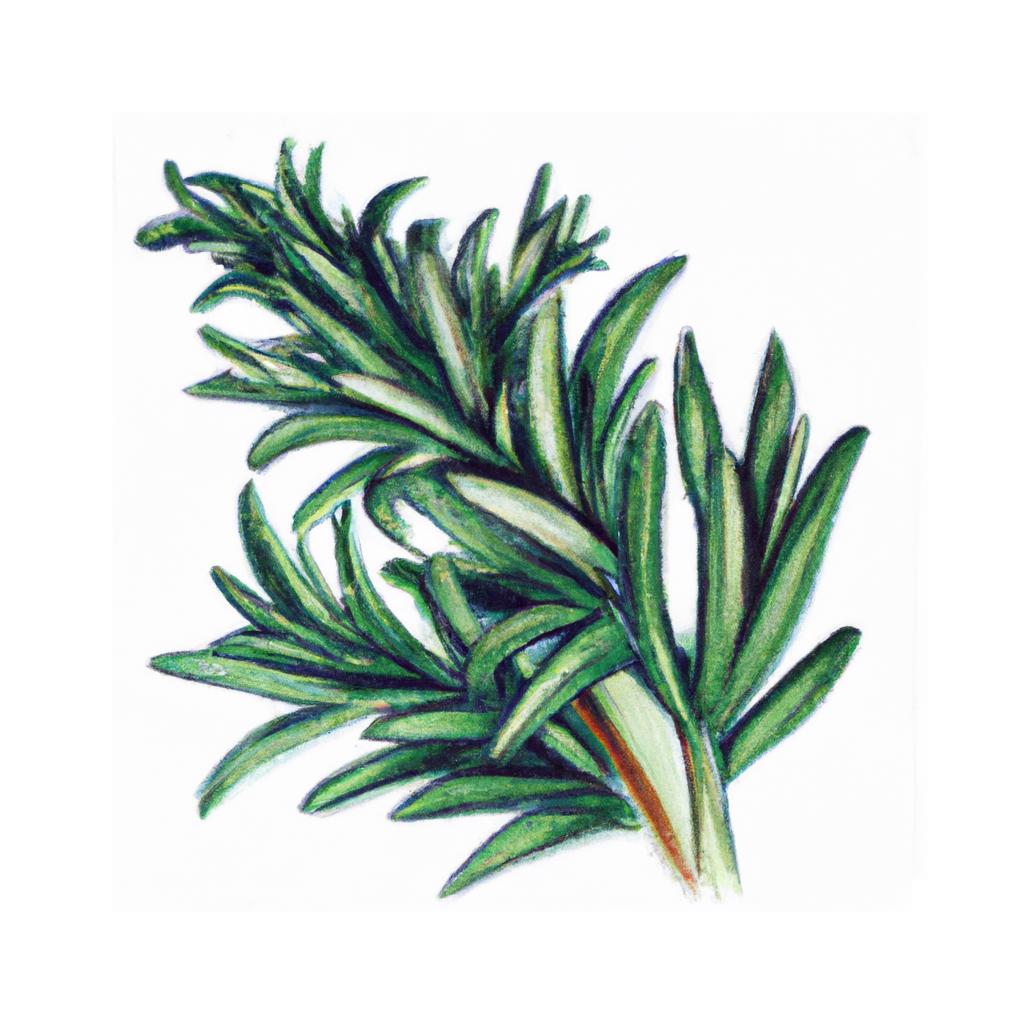
Rosemary (Rosmarinus officinalis) is a fragrant, evergreen herb native to the Mediterranean region. Technically, rosemary is an aromatic shrub rather than a vegetable, but it is commonly grown in gardens for its culinary and medicinal properties. It is well-known for its needle-like leaves, which have a strong, distinctive flavor and aroma that adds depth to a variety of dishes.
The history of rosemary dates back to ancient civilizations such as the Greeks, Romans, and Egyptians, who all prized it for its medicinal and spiritual uses. It was believed to have the power to improve memory, and in ancient Greece, students often wore crowns of rosemary or hung it on their doors during exams for this reason. Rosemary was also used in weddings, funerals, and religious ceremonies as a symbol of love, friendship, and remembrance.
As a culinary ingredient, rosemary is frequently used in Mediterranean cuisine. It pairs wonderfully with meats like lamb, pork, and poultry, as well as with roasted vegetables, potatoes, and bread. It can be used fresh or dried, and a little goes a long way due to its bold flavor. If using fresh rosemary, be sure to remove the tough, woody stems before chopping the leaves.
Growing rosemary in your garden is relatively easy, as it is a hardy plant that can withstand a variety of conditions. It prefers well-drained soil, full sun, and moderate watering. Rosemary can be grown from seeds or cuttings, and it is perennial in warmer climates, meaning it will return year after year. In colder climates, consider planting rosemary in a container and bringing it indoors during winter to protect it from freezing temperatures.
This is advice is most applicable to growers in the UK, you may need to adjust the timings if you live somewhere with a different climate and/or seasons.
| Month | Tasks | Advice |
|---|---|---|
| January | - | - |
| February | Sow seeds indoors, | Start rosemary seeds indoors in small pots, using well-draining soil mix, and place in a sunny windowsill. |
| March | - | - |
| April | Transplant seedlings outdoors, Water regularly, | When seedlings are 10-15 cm tall and frost risk has passed, transplant them outdoors, spacing plants 60-90 cm apart. |
| May | Water regularly, | Water rosemary regularly, allowing the soil to dry out between waterings. |
| June | Water regularly, Prune lightly, | Continue watering and pinch back new growth to encourage bushier plants. |
| July | Water regularly, Prune lightly, Harvest leaves, | Harvest rosemary leaves as needed, but avoid taking more than one-third of the plant at a time. |
| August | Water regularly, Harvest leaves, | Continue watering and harvesting rosemary leaves as needed. |
| September | Water regularly, Harvest leaves, | Keep watering and harvesting rosemary leaves as the weather starts to cool down. |
| October | Water less frequently, Harvest leaves, | As temperatures drop, reduce watering and continue to harvest leaves before frost arrives. |
| November | - | - |
| December | - | - |